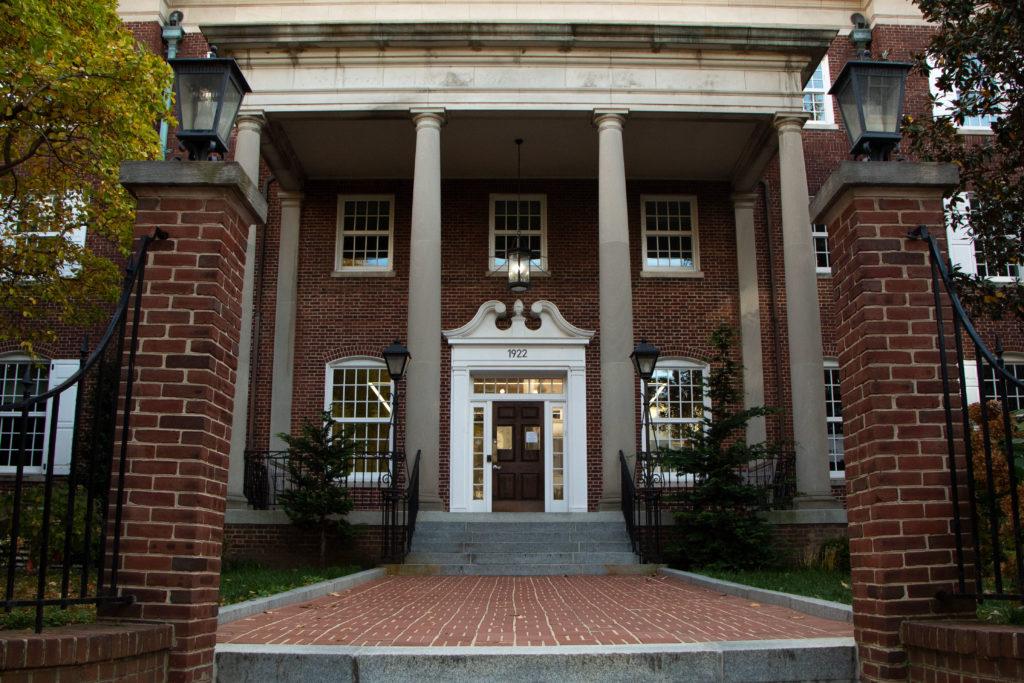Rooftops of GW’s three largest buildings projects will soon be blanketed by several inches of grass to help reduce campus’ large carbon footprint.
The permeable grass will help inject oxygen into the air and remove pollutants from rainwater, while shielding the building from sunlight and cutting heating and cooling costs, said Samantha McGovern, a communications coordinator for Campaign GW.
“Instead of more water going into our sewer systems, it’s absorbing in a more organic way at the top of the building,” McGovern said.
Officials will build green roofs on the Science and Engineering Hall, the School of Public Health and Health Sciences building, the “superdorm” residence hall and the Law Learning Center Garage over the next few years, University spokesman Dave Andrews said.
He declined to comment on how much the green roofs would cost to install, and said the expenses are included in the total construction costs. GW’s first green roof was installed in 2009, taking up 1,600 square feet on 1957 E St.
American University has been building green roofs for several years, installing five since 2010. Officials have touted the projects for sustainable and economic benefits as the roofs last longer than average D.C. rooftops and help cut down on thousands of dollars in sewage fees.
The roofs are a small step towards GW tackling some of its largest sustainability goals, like cutting carbon emissions by 40 percent by 2025.
That carbon reduction effort will be a challenge, especially as some of GW’s buildings are the top private energy users in the District. A District Department of Energy report released this week cited Ross Hall, a medical school building, as using more energy per square foot than any other privately-owned building in the District. It consumed 642.3 units of energy per foot last year – about eight times as much as the average office building in America.
In total, GW consumed more than 2,000 units of energy, making it one of the top private landowners producing greenhouse gas emissions in the District. The GW Hospital consumed 320 units of energy, making it the second largest energy user on campus.
A medical research building at Georgetown University, similarly, is the top producer of greenhouse gas emissions of any privately owned building in D.C.
To improve its overall efficiency, GW has rolled out millions of dollars of electrical upgrades to campus buildings, retrofitting older buildings’ systems to consume less energy.
GW has spent more than $11 million upgrading Lisner Auditorium, Gelman Library, buildings around University Yard and buildings along H Street.
The final phase will start this year, though the Office of Sustainability has not yet selected which part of campus to update.








